Penguins are short-legged diving marine birds. They belong to the Spheniscidae family and live almost exclusively in the Southern Hemisphere. Some 17 species of penguins live on the coasts of Antarctica, southern Africa, Oceania, and Latin America.
Penguins vary in size. The fairy penguin is no more than 40 centimeters tall, while the emperor penguin up to 115 centimeters tall.
Penguins stand erect and have sturdy beaks. They are covered in small feathers, usually light-colored on the belly and dark on the head and back. Penguins are skillful swimmers but cannot fly. On land, they waddle on two short legs or slide on their bellies, propelling themselves with their wings, called flippers. They also use their flippers to propel themselves forward in water, while employing their legs and tail to change directions. Penguins are equipped to withstand cold climates. A layer of fat beneath their skin isolates them from the cold and their compact bodies keep heat from dispersing.
Penguins live in large colonies along coastlines. They stay on land during the mating season, to care for their young, and during molting. But penguins spend most of their time in the water, searching for food. They feed on fish, crustaceans and small invertebrates. Penguins drink sea water. Penguins tend to form monogamous couples. Mating rituals vary but often male penguins pump their chests then call out to females. After mating, females lay one or two eggs at a time. Both parents take care of the young and feed them. The first two weeks in the life of a penguins are critical. They must avoid predator birds like skuas. For 40 days after birth, young penguins are never left alone. Afterward, they join other chicks near the coast and wait for their parents to return from the sea. After its first molting, a young penguin becomes independent and starts swimming. The main danger it faces are predators like leopard seals and killer whales. If it survives its first weeks, a penguin will live an average of 20 years. The first sightings of penguins date back to the late 15th century, when Portuguese explorers rounded the Cape of Good Hope.
Penguins vary in size. The fairy penguin is no more than 40 centimeters tall, while the emperor penguin up to 115 centimeters tall.
Penguins stand erect and have sturdy beaks. They are covered in small feathers, usually light-colored on the belly and dark on the head and back. Penguins are skillful swimmers but cannot fly. On land, they waddle on two short legs or slide on their bellies, propelling themselves with their wings, called flippers. They also use their flippers to propel themselves forward in water, while employing their legs and tail to change directions. Penguins are equipped to withstand cold climates. A layer of fat beneath their skin isolates them from the cold and their compact bodies keep heat from dispersing.
Penguins live in large colonies along coastlines. They stay on land during the mating season, to care for their young, and during molting. But penguins spend most of their time in the water, searching for food. They feed on fish, crustaceans and small invertebrates. Penguins drink sea water. Penguins tend to form monogamous couples. Mating rituals vary but often male penguins pump their chests then call out to females. After mating, females lay one or two eggs at a time. Both parents take care of the young and feed them. The first two weeks in the life of a penguins are critical. They must avoid predator birds like skuas. For 40 days after birth, young penguins are never left alone. Afterward, they join other chicks near the coast and wait for their parents to return from the sea. After its first molting, a young penguin becomes independent and starts swimming. The main danger it faces are predators like leopard seals and killer whales. If it survives its first weeks, a penguin will live an average of 20 years. The first sightings of penguins date back to the late 15th century, when Portuguese explorers rounded the Cape of Good Hope.
RELATED
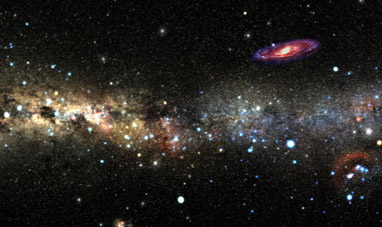

NEBULAE
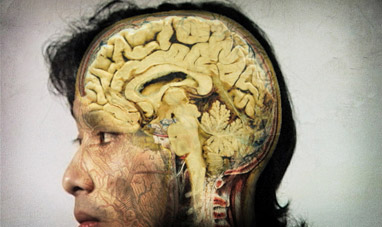

THE BRAIN


OIL
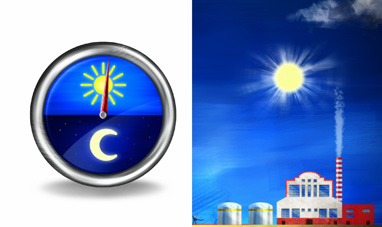

SOLAR THERMAL ENERGY


CHEMICAL BONDS
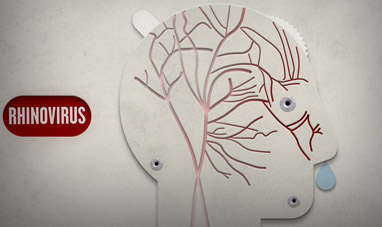

COMMON COLD


THE PRAYING MANTIS


ERIS


THE SKELETON
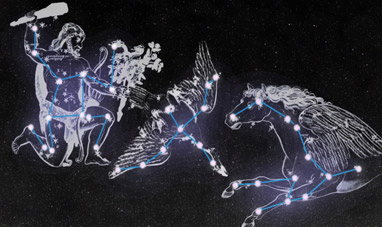

CONSTELLATIONS


THE NERVOUS SYSTEM
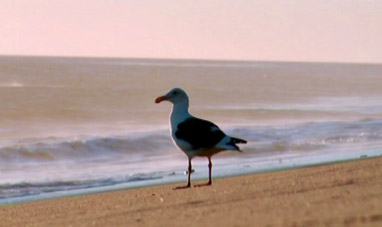

GULL
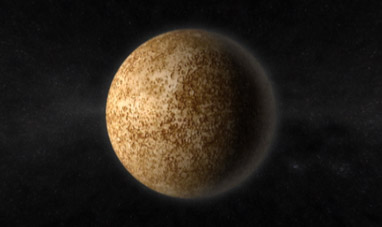

MERCURY
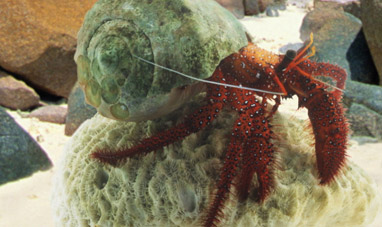

HERMIT CRAB
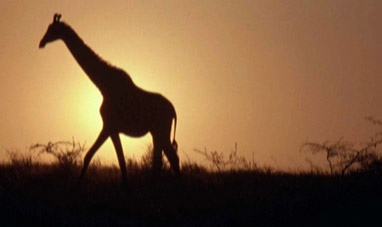

GIRAFFE


BIG DATA
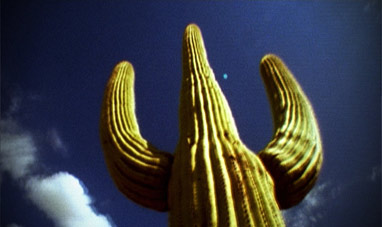

CACTUS
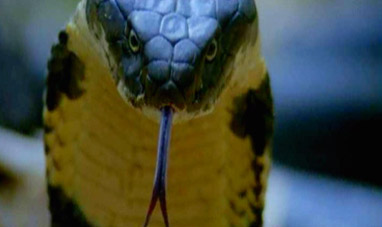

COBRA
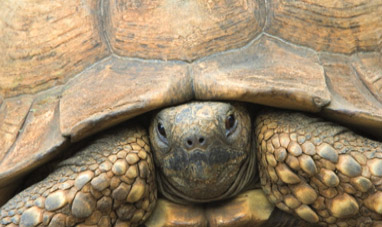

TORTOISE


ELECTRIC CAR


HORSE


THE HEISENBERG PRINCIPLE
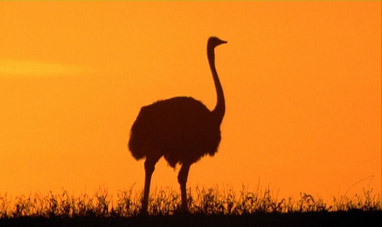

OSTRICH
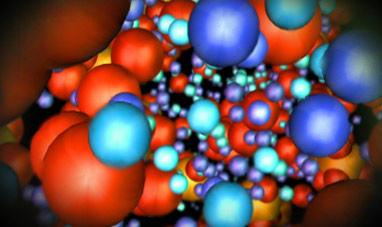

QUANTUM PHYSICS
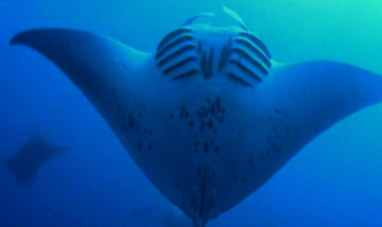

MANTA RAY
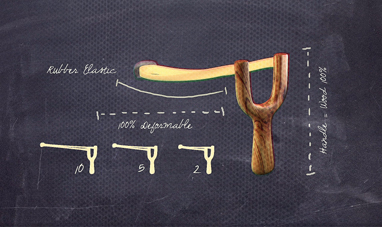

NATURAL RUBBERS
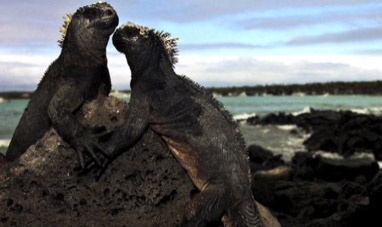

IGUANA


STARS


STARFISH
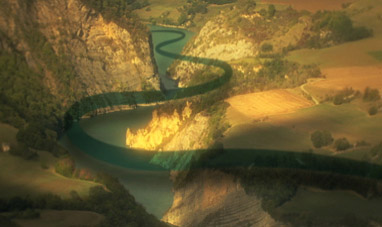

RIVERS


THE FEET
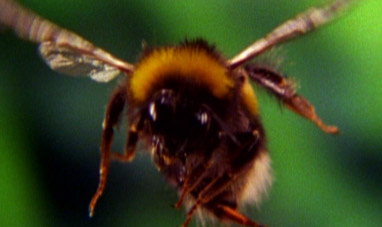

BEE
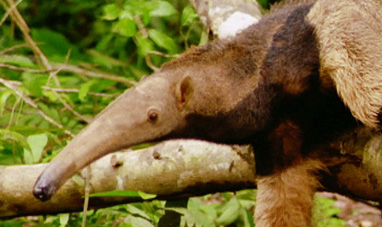

GIANT ANT EATER


CARS
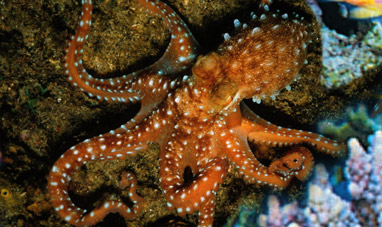

THE OCTOPUS
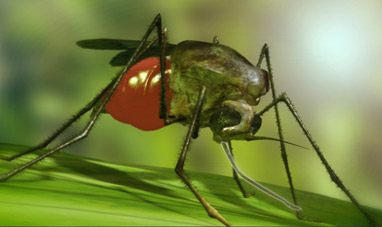

MOSQUITO
